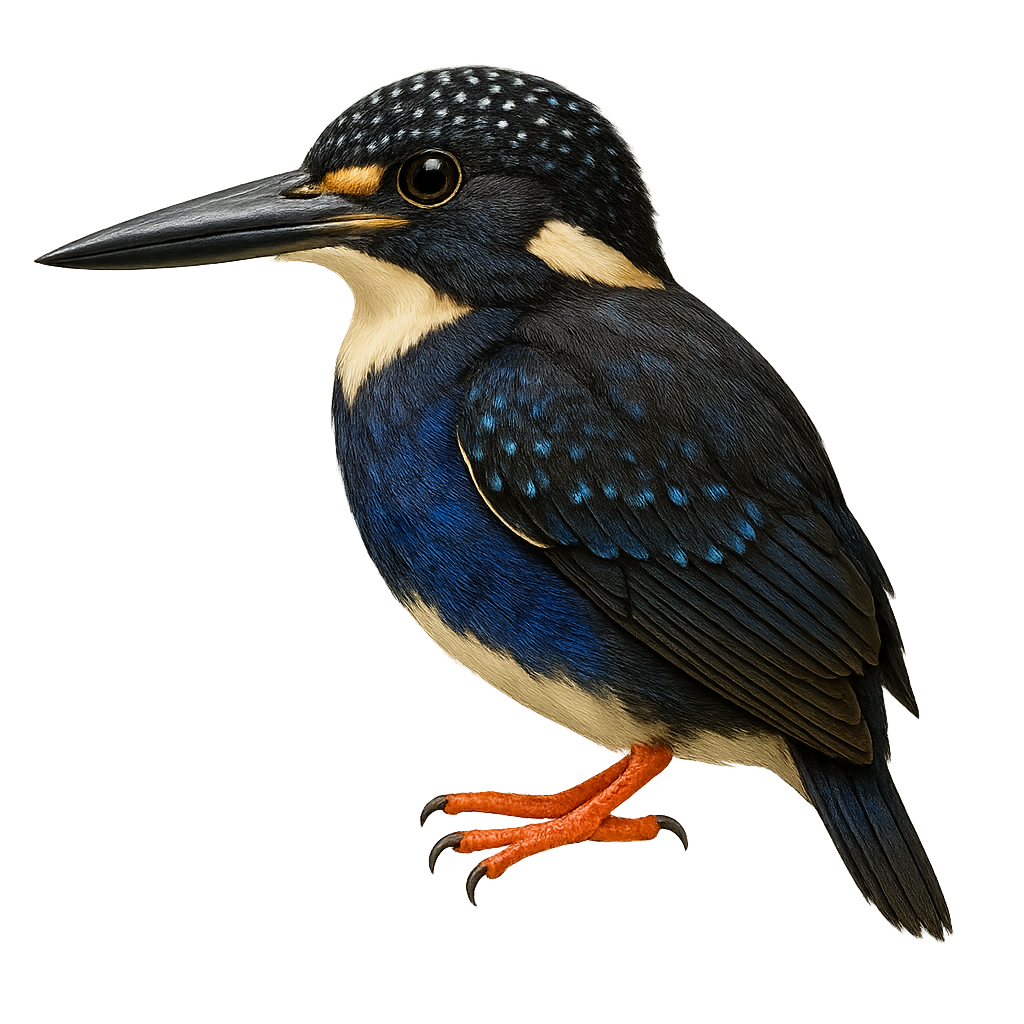Your wildlife photography guide.
Explore the northern silvery kingfisher in detail, study its behavior, prepare your shots.
Where to observe and photograph the northern silvery kingfisher in the wild
Learn where and when to spot the northern silvery kingfisher in the wild, how to identify the species based on distinctive features, and what natural environments it inhabits. The WildlifePhotographer app offers tailored photography tips that reflect the northern silvery kingfisher’s behavior, helping you capture better wildlife images. Explore the full species profile for key information including description, habitat, active periods, and approach techniques.
Northern Silvery Kingfisher
Scientific name: Ceyx flumenicola

IUCN Status: Near Threatened
Family: ALCEDINIDAE
Group: Birds
Sensitivity to human approach: Suspicious
Minimum approach distance: 10 m
Courtship display: March to April
Incubation: 20-22 jours
Hatchings: March to May
Habitat:
Tropical forests, rivers, clear streams
Activity period :
Primarily active during the day, with peak activity in the morning and late afternoon.
Identification and description:
The Northern Silvery Kingfisher, or Ceyx flumenicola, is a small, brightly colored bird, primarily blue and orange, found in the humid tropical forests of Southeast Asia. It is renowned for its ability to swiftly dive into water to catch fish and aquatic insects. This kingfisher prefers clear streams and slow-moving rivers, where it can easily spot its prey. Although discreet, it is often noticed due to its sharp, piercing call. Its small size and rapid flight make it difficult to observe, but its beauty makes it a favorite subject for birdwatchers and photographers.
Recommended lens:
400mm – adjust based on distance, desired framing (portrait or habitat), and approach conditions.
Photography tips:
To photograph the Northern Silvery Kingfisher, it is advisable to use a telephoto lens of at least 400mm to capture detailed images without disturbing the bird. Look for areas near clear streams where it is likely to hunt. Be patient and discreet, as this bird is suspicious and may fly away quickly. Use a tripod to stabilize your camera and wait for the right moment to capture its spectacular dive.
The WildlifePhotographer App is coming soon!
Be the first to explore the best nature spots, track rutting seasons, log your observations, and observe more wildlife.
Already 1 432 wildlife lovers subscribed worldwide

